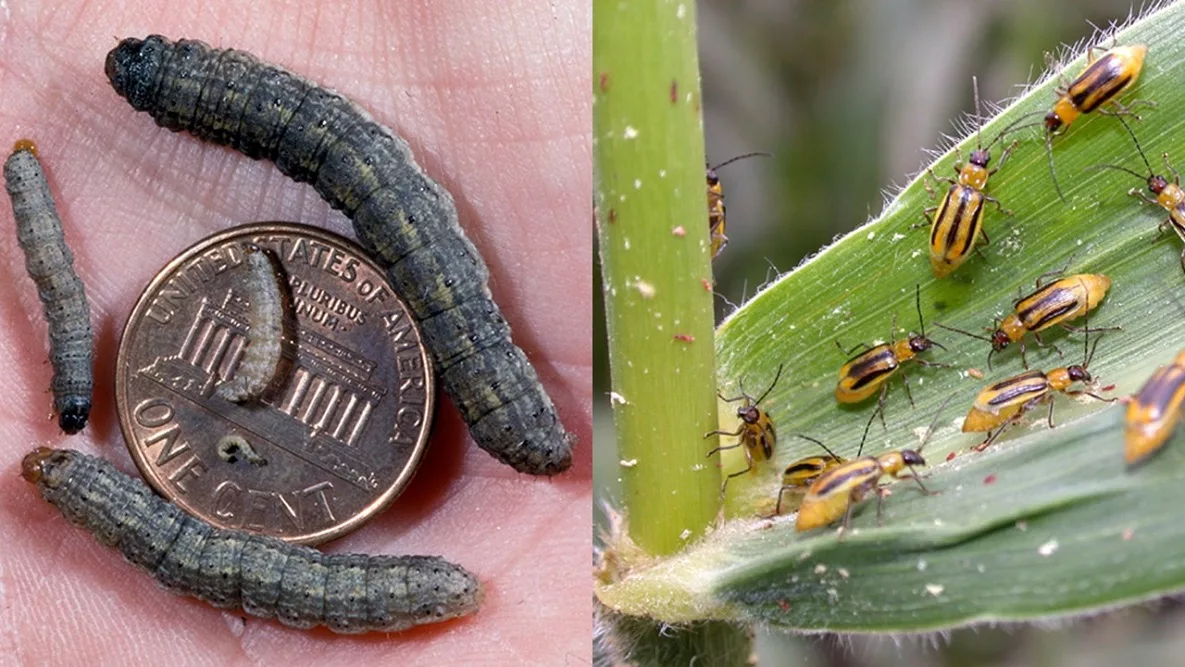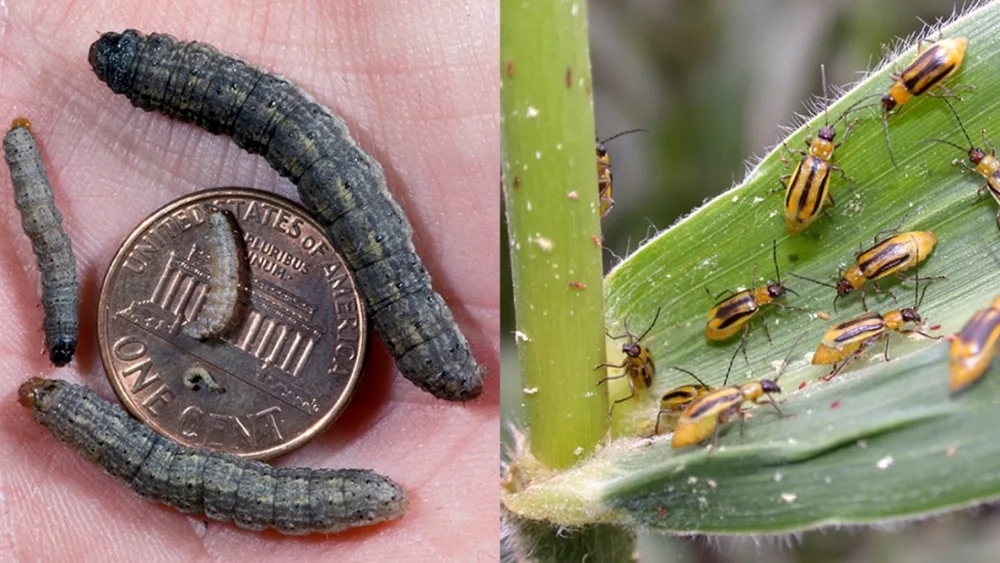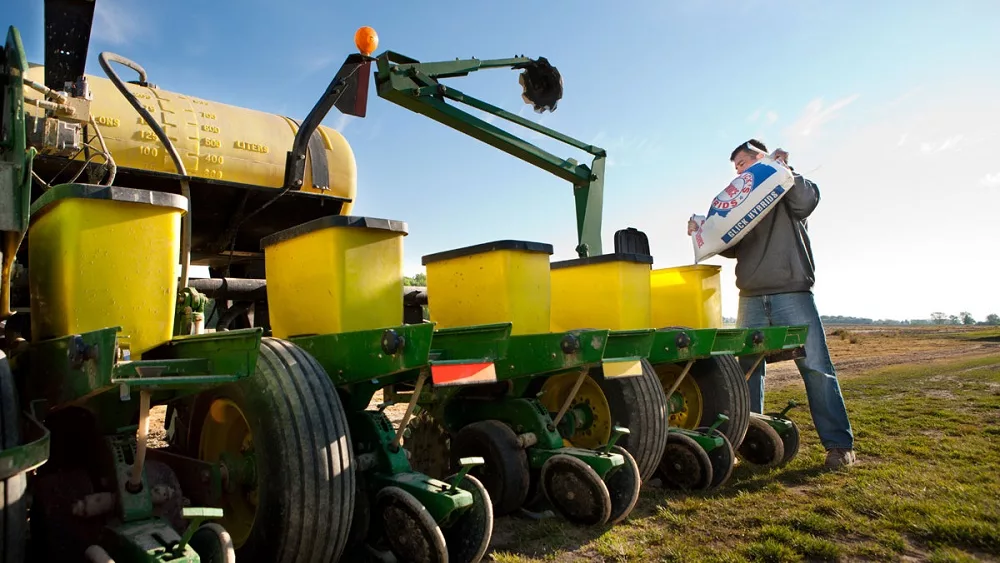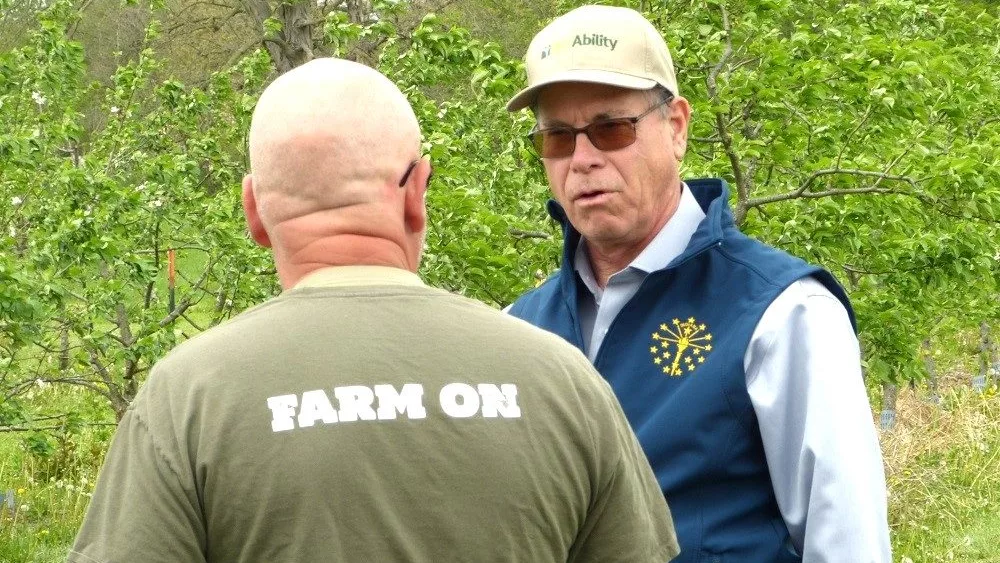
As we get closer to finishing planting across the state, now’s the time for Indiana’s farmers to start scouting fields for insect pests.
“It’s a good time to check and see if you don’t have some cutworm damage,” says Nick Seiter, Field Crops Entomologist with University of Illinois Extension.
He says that larvae from black cutworms are now large enough to do more than just the simple pinhole damage you might find in the corn plant’s early leaves.
Black cutworm moths are attracted to fields heavily infested with weeds like chickweed, shepherd’s purse, peppergrass, and yellow rocket. Late tillage and planting tend to increase the susceptibility of fields to black cutworm infestations. Cutting of corn plants begins when larvae reach the fourth instar, with a single cutworm cutting an average of three to four plants during its larval development.
Seiter says cutting tends to occur most often during nights or on dark overcast days.
“If you are seeing stand loss from black cutworm, it doesn’t take a whole lot of that to justify an insecticide application. We are talking somewhere between two and five percent of plants cut to justify an insecticide (application because it) exceeds the economic threshold,” says Seiter.
The other insect pest he says to be aware of is the western corn rootworm. As their eggs are now beginning to hatch, the insects could feed upon the roots until the end of June.
“Now, if it’s one of these like planted fields where you don’t have corner roots out there yet, those larvae are going to hatch and they’re going to die. So, when we see planting delayed, you typically see less of a threat from corn rootworm feeding in those fields. But that’ll be kind of the next thing to keep an eye out for as this root feeding develops. In about a month from now, we’ll be able to know what we’ve got. We’ll be able to go out and evaluate how well our controls have performed,” he says.
The western corn rootworm has been adapting to the corn hybrids used to control it. So, it’s important to understand what’s happening in a field this season to adjust what control measures will be most successful in future years.
The western corn rootworm has historically been the most economically damaging insect pest of field corn across the U.S.
Source: NAFB News Service





